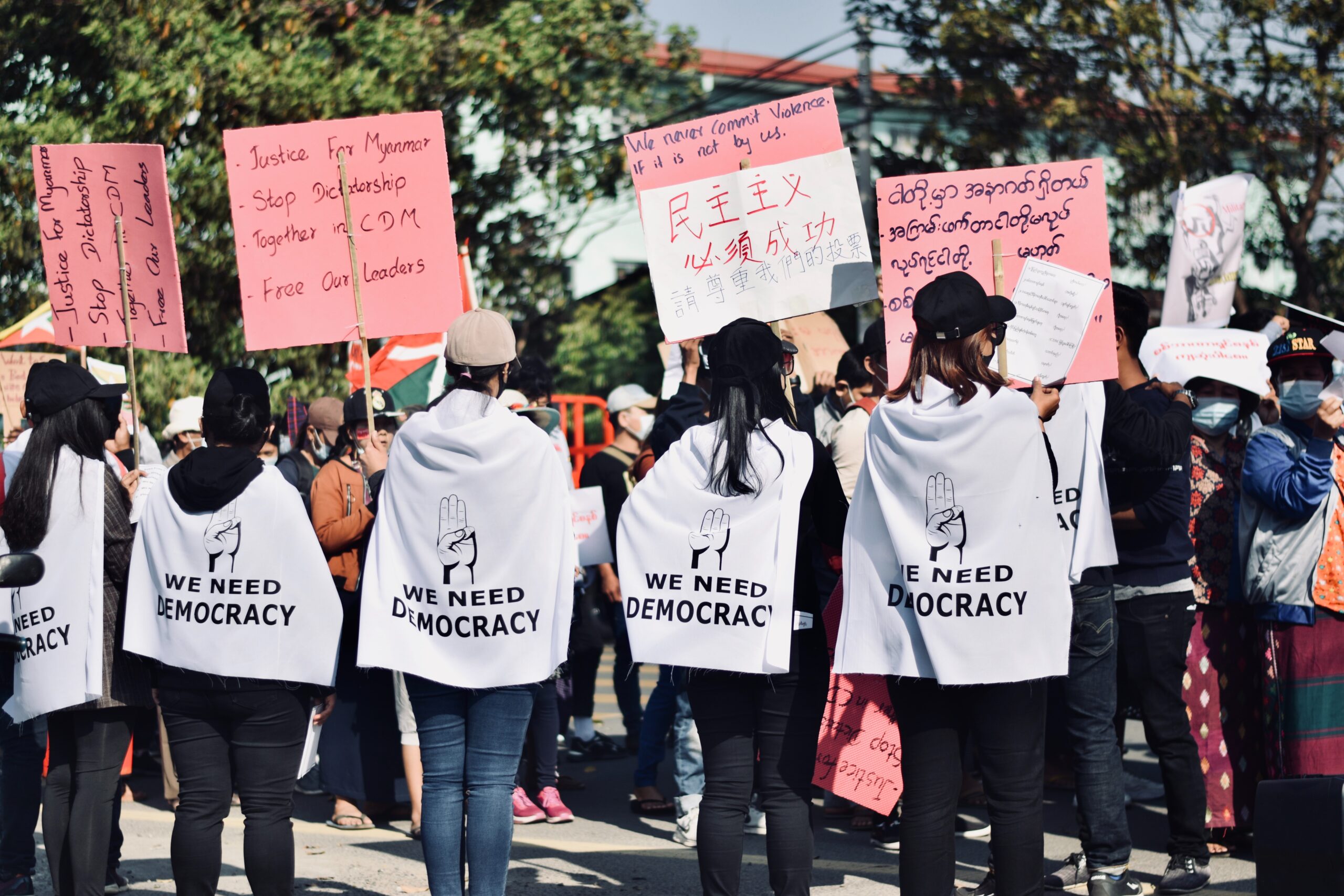The Goldman Foundation recently announced the 2020 winners of its prestigious Goldman Environmental Award. The annual ceremony moved online this year due to COVID-19 precautions, but even a global pandemic could not stop the climate justice movement from honoring some of its brightest rising stars. The Goldman Foundation awarded six grassroots environmental leaders for their contributions to the movement to curb climate change and lift up frontline community voices. This year’s awardees are Chibeze Ezekiel of Ghana, Kristal Ambrose of the Bahamas, Leydy Pech of Mexico, Lucie Pinson of France, Nemonte Nenquimo of Ecuador, and Paul Sein Twa of Myanmar.
While each of these winners is a true inspiration, as a land defender from Burma (Myanmar), I was particularly excited to see Paul Sein Twa honored. For those of you who are not familiar with Paul, he is the co-founder and director of the Karen Environmental and Social Action Network (KESAN), a community-based, non-governmental, non-profit organization that protects the rights of Indigenous people in the Karen State of Myanmar.
I have known Paul for a long time–he and I are both from Karen Indigenous communities. As part of EarthRights’ local-to-global approach to protecting land defenders, we have worked closely with KESAN over the years. EarthRights donated space in our Bangkok office to KESAN when it was first getting off the ground; several of KESAN’s community leaders have participated in our training programs for earth rights defenders; and many of our school alumni have gone on to work at KESAN. Paul and his team of community leaders have been invaluable allies to EarthRights–sharing our vision of lifting up the voices of land defenders in Myanmar.
If you follow EarthRights, you are probably already familiar with Myanmar’s long history of human and environmental abuses. You may also know that EarthRights was founded when I joined forces with two American lawyers to take on Unocal, an oil company that was partnering with the country’s notoriously corrupt military to build a controversial gas pipeline. The military committed horrific human rights abuses in its quest to build the pipeline. While we eventually settled the case, Indigenous communities in Myanmar continued to face persecution and experience environmental injustice, particularly the Karen.
These days, logging, mining, agribusiness, dams, and rubber extraction are on the rise in Myanmar. In 1998, the Burmese government proposed the $2.6 billion, 1,360-megawatt Hatgyi dam (a project EarthRights has mobilized communities to resist) in the southern Salween basin–the heart of Karen territory.
That’s why Paul’s contributions are so vital to uplifting frontline community voices, protecting the environment, combatting climate change, and protecting human rights in Myanmar. A native of Mutraw, Paul has spent more than two decades supporting communities and their visions for a peaceful life in harmony with nature. At the local, national, and international level, Paul has brought together diverse stakeholders to fight for environmental justice, Indigenous rights, and peace. These grassroots coalitions are building a better future that embraces peace and conservation for the benefit of all.
Two years ago, Paul and KESAN mobilized to establish a 1.35 million-acre peace park in the Salween River basin. The park, located on land roughly the same size as Delaware, is a major victory for the Karen and represents a unique approach to community-based conversation. Peace parks—also known as transboundary protected areas—seek to preserve zones of biodiversity and cultural heritage using conservation to promote peacebuilding. The park had originally been the idea of Paul’s lifelong friend, Saw O Moo, who was tragically killed by government troops in 2018. Following Sow O Moo’s death, Paul knew he had to make his friend’s vision a reality.
Paul and KESAN worked with Karen civil society and the local government to mobilize Karen community support, holding public consultations, seminars, and educational meetings with 348 villages representing some 68,000 people. He worked with government agencies to replace colonial forestry principles with traditional practices, documenting the area’s vast biodiversity along the way.
The park was officially created in December of 2018. It is managed by the local Karen communities and includes community forests and wildlife sanctuaries designed to protect the area’s endangered species–tigers, Sunda pangolins, black and sun bears, gaur, and hoolock gibbons–from extractive industries and development projects. It also protects plants that local communities use to heal illnesses. One interesting feature of the park is that its borders were drawn to include proposed dam sites—including the Hatgyi dam—in efforts to stop destructive megaprojects and combat the climate crisis.
For the local communities, the Salween Peace Park is not just a conservation project–it is an example of the vital role that Indigenous communities and ethnic minority groups play in promoting global sustainability and ending conflict. It is intended to preserve cultural heritage and build trust between local communities, governments, and civil society groups. It is also about preserving the forest–where many Karen live. Ultimately, the Salween Peace Park embodies the Karen saying: “If you love your fish, you have to protect the river. If you love yourself, you have to protect your forest. “
I have long admired Paul for his commitment to protecting our culture’s right to self-determination, fighting extractive projects that fuel our climate crisis, lifting up community voices, and lighting a path to a greener, more peaceful future for Myanmar. EarthRights congratulates Paul and his fellow awardees on their tremendous achievements. You are an inspiration to me, and everyone at EarthRights.
Watch the 2020 Goldman Environmental Prize Virtual Ceremony.






